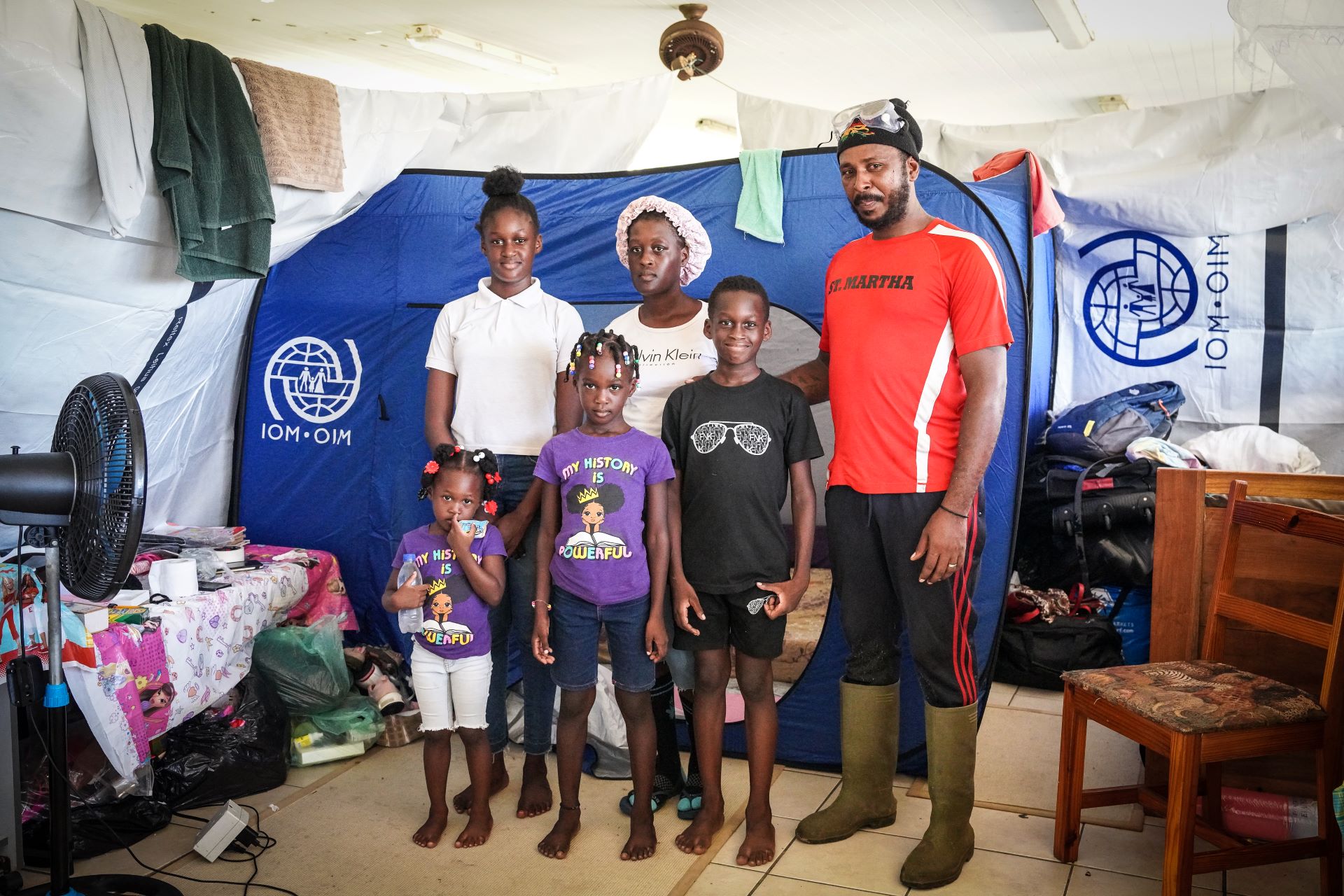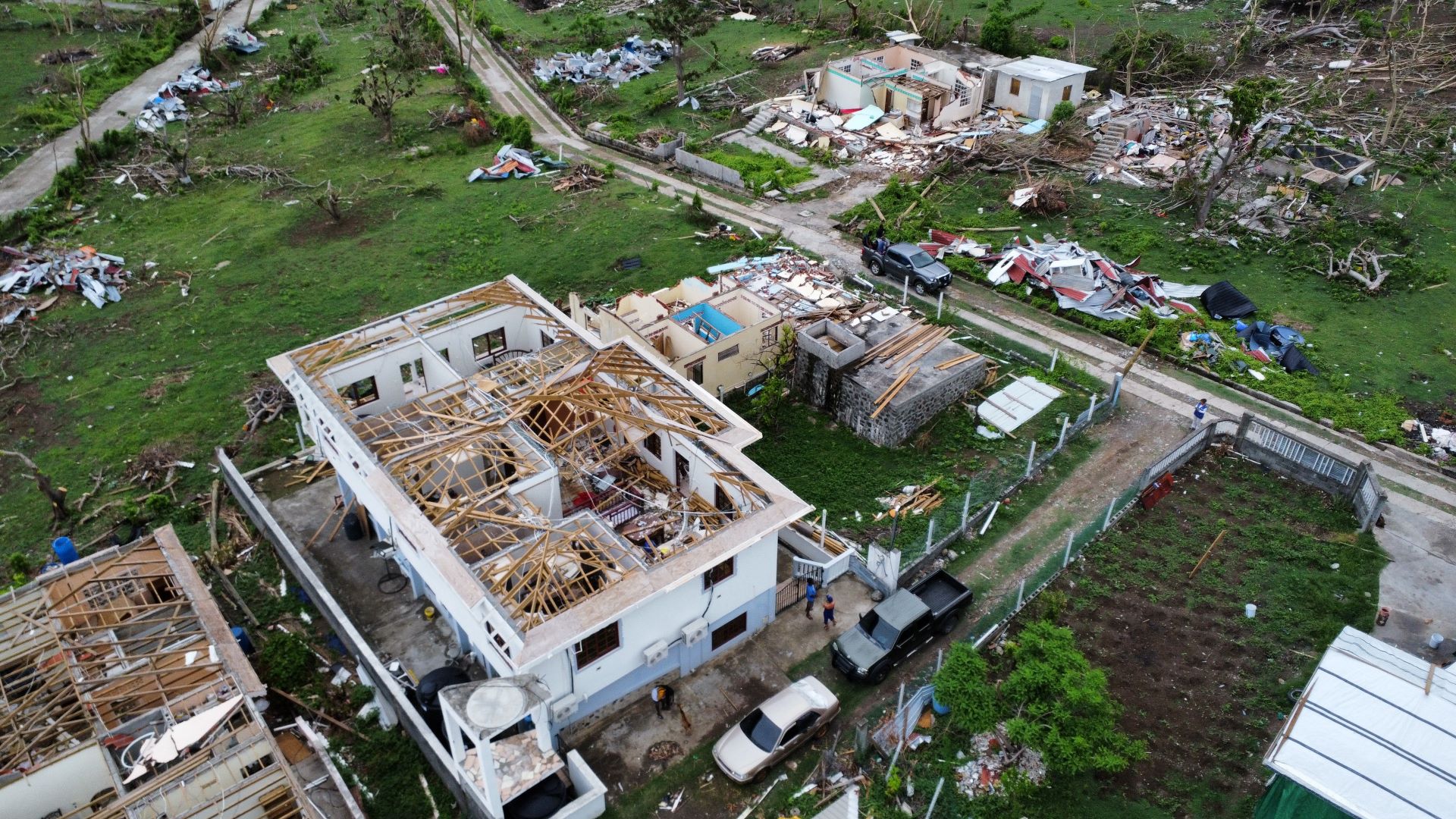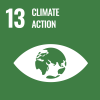Saint Vincent and the Grenadines – Two months after Hurricane Beryl, one of the most destructive storms in recent memory, residents of the Caribbean’s once-idyllic Grenadines Islands are still battling to rebuild their lives and livelihood. With winds up to 240 km/h, Beryl devastated essential infrastructure and dwellings in many of these little island towns, displacing thousands. Amid the aftermath, stories of strength and resilience emerge from the rubble.
Under the scorching midday sun, the Government Secondary School is a testament to how life on Cannouan Island has changed dramatically. Transformed into a makeshift shelter for the displaced, its walls are adorned with drying laundry. Desks and seats, once symbols of education, now serve as beds for those seeking refuge.
"Everything is gone, washed away. We didn’t recover anything," said Glenroy Levie with sorrow, a mother of five who is seven months pregnant. Only a few weeks ago, she and her partner worked at a local resort, living a stable life. Now they face an uncertain future, with their dreams swept away by the storm. This school which two of her children, Clinton and Tyra, used to attend, is currently hosting over 50 displaced people.
Like Glenroy, many other women and their families are struggling to regain normality while juggling the challenges of displacement and loss. Latonya, who is also staying in one of these schools, does not hesitate when asked about her urgent situation: "I need to get my job back and build a house to live in with my partner and children."

An aerial view of destroyed houses on Union Island. Photo: IOM/Gema Cortes

Glenroy Levil, who is seven months pregnant, finds refuge in a temporary shelter with her five children and partner after being displaced. Photo: IOM/Gema Cortes

An excavator removes debris from destroyed houses on Union Island, following the devastation caused by Hurricane Beryl. Photo: IOM/Gema Cortes

Glenroy holds her daughter Tyra, both smiling, in their temporary housing set up in Tyra’s school on Union Island. Photo: IOM/Gema Cortes
The hurricane’s fury spared no one, destroying two-thirds of the buildings and leaving many homeless. The community’s infrastructure – power, water and transportation – is in ruins. The tourism sector, a lifeline for the islands’ economy, faces massive losses, leading to a cycle of unemployment, poverty, and rising food insecurity.
Uncertain future
In Ashton, a town on Union Island, a strong community spirit prevails despite the devastation. Families have opened their homes to those in need, showcasing the island’s resilience. Fitzgerald Hutchinson, 51, is one of those offering shelter. “We constantly watch out for our neighbours. You share what you have, even if you only have a little,” he said, emphasizing the need for solidarity during the crisis. His mother's house, now home to 17 people, stands in dramatic contrast to his own, which was destroyed by the hurricane. The once vibrant neighbourhood is now a field of debris, or 'flattened,' as locals describe it.
Theresa, a 62-year-old survivor, is among those staying at the home of Fitzgerald’s mother. She recalls the terrifying moments of the storm, clinging to her disabled brother and two dogs beneath her house’s pillars. Now she is desperate to rebuild her life. “We thought we would not make it as waves crashed beneath us,” she said, tears in her eyes.

Fitzgerald Hutchinson, 51, stands in the dining room of his home, which was devastated by the hurricane. Photo: IOM/Gema Cortes

An aerial view of the remnants of Fitzgerald’s lifelong home. Photo: IOM/Gema Cortes

Theresa, who is among those staying at the home of Fitzgerald’s mother, stands amidst the debris of her house. Photo: IOM/Gema Cortes

Boats were forced ashore on Union Island by the fury of Hurricane Beryl. Photo: IOM/Gema Cortes
The road to recovery for Union Island will be long and arduous. The World Bank's Global Rapid Post-Disaster Damage Estimation (GRADE) report estimates a loss of USD 230.6 million, representing 22 per cent of Saint Vincent and the Grenadines' GDP for 2023. The southern Grenadines, including Union Island, suffered disproportionately, with damage totalling USD 186.8 million, which accounts for 81 per cent of the national total.
As families continue to pick up the pieces, the International Organization for Migration (IOM) is working with the Government of Saint Vincent and the Grenadines, as well as national and international partners to provide emergency relief. Tents, solar lamps, and tarpaulins are being distributed, and long-term recovery plans are developed. "We will repair critical infrastructure like schools and provide solar lamps to the island, without full electricity for three to six months. Additionally, we will train about 300 households on better rebuilding techniques to make their self-built homes more resilient to future weather events, " said Martina Cilkova, IOM Shelter and Settlement Coordinator in the Caribbean.
Over half of the Union Island population is displaced on the mainland, living in shelters or with family and friends. A day after the hurricane, Latonya Collins, 38, her mother, and her four children left Union Island. Eight months pregnant, she saw their house vanish piece by piece. Now, thanks to a generous resident, they are all staying at an unoccupied house in Saint Claire. “I had never experienced anything like this. We are traumatized and keep having flashbacks,” Latonya confessed, breaking down in tears. She longs to return to Union Island and is urgently striving to do so.

IOM staff assessing the needs of displaced people at a temporary shelter on the mainland of Saint Vincent. Photo: IOM/Gema Cortes

Latonya Collins, 38, and her family left Union Island. Eight months pregnant, she watched their house vanish. They are now staying on the mainland, thanks to a generous resident. Photo: IOM/Gema Cortes

Latonya shows a photo on her phone of her house completely destroyed on Union Island. Photo: IOM/Gema Cortes

A wide view of destroyed houses with the Caribbean Sea in the background, highlighting the extent of the devastation. Photo: IOM/Gema Cortes
Rising from rubble
While the challenges are daunting, the spirit of the small islands remains unbroken. Volunteer squads continue to clear debris, and the community is slowly healing. The journey ahead will require patience, support and determination, but the people of Grenadines Islands are committed to rising from the ashes of Hurricane Beryl.
The next steps for this new post-Beryl life are being planned. Glenroy, Theresa, and Fitzgerald are all considering what is best for their children. Some plan to start over somewhere else. Most wish to rebuild their lives in their hometowns. "We are not defeated; we are determined to rise. We have been beaten, but we will shine like the sun again. It will take time, but with support we will rise faster than many expect," Fitzgerald reflected, gazing out over the turquoise waters of this dazzling corner of the southern Caribbean.

Veronica’s grandchildren smile in a classroom at a temporary shelter on the mainland, trying to forget the ordeal of Hurricane Beryl. Photo: IOM/Gema Cortes

A refrigerator stands in a roofless house, ruined by Hurricane Beryl. Photo: IOM/Gema Cortes

Displaced elderly people are among the most vulnerable affected by Hurricane Beryl. Photo: IOM/Gema Cortes
Hurricane Beryl destroyed fishing boats and harbours in this popular tourist destination. Photo: IOM/Gema Cortes
This story was written by Gema Cortes, IOM Media and Communications Unit, Office of the Special Envoy for the Regional Response to the Venezuela Situation.


